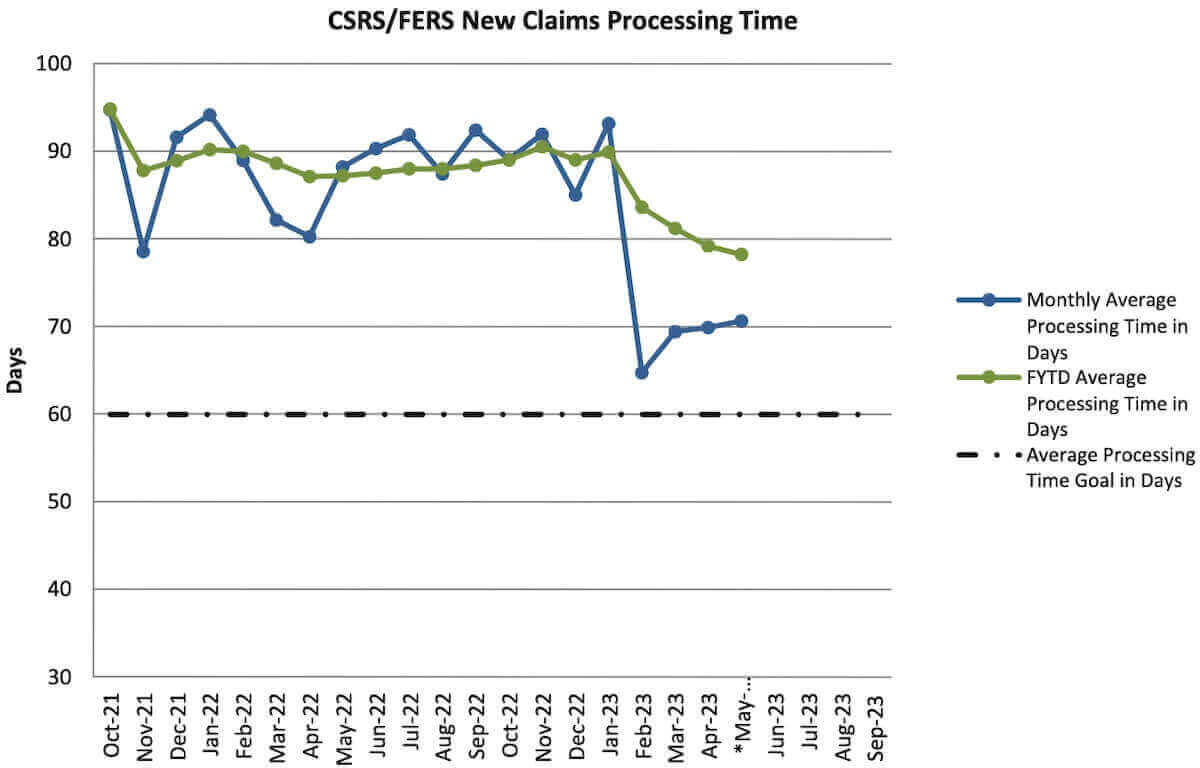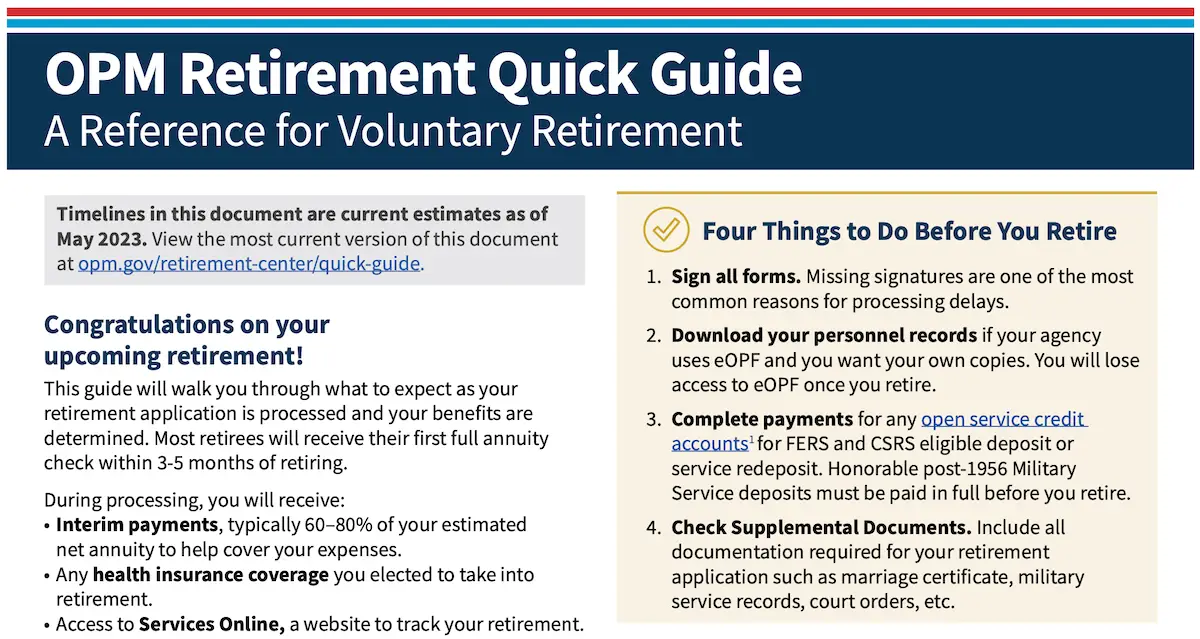Senator James Lankford (R-OK) is pressing for information about the OPM retirement backlog because he is concerned that it is causing harm to retired federal employees who are experiencing delays in getting their annuity payments.
Lankford is the Ranking Member of the Senate Homeland Security and Governmental Affairs Subcommittee on Government Operations and Border Management which is charged with oversight of the management and efficiency of government agencies and operations, including the federal workforce and federal employees.
He sent a letter to OPM Director Kiran Ahuja in which he states that “…the [OPM retirement] backlog is unacceptable.”
He noted in his letter that the backlog of retirement claims peaked in March 2022, and although it has continued to decline in 2023, he wrote that “over two-thirds of the claims took more than 60 days to process.” Of those claims, Lankford notes that it took OPM an average of 142 days to process the retirement claims.

Lankford also referred to a 2019 GAO report in his letter which stated that OPM’s modernization plan for its retirement processing “lacks cost estimates and timelines, which means there are no measurable results with which to evaluate resource needs or interim progress.” He also said that GAO made six recommendations to OPM, five of which remain open.
Lankford adds in the letter that lawmakers around the country are receiving calls from federal retirees who are “concerned” and “desperate” because of the amount of time it is taking to get their retirement applications processed by OPM. “This backlog directly harms retired civil servants and their beneficiaries,” wrote Lankford.
He further added that his office “has found it difficult to obtain timely inquiry responses from OPM.”
Lankford goes on in the letter to ask OPM for information about what the agency is doing to deal with the retirement backlog.
A copy of Lankford’s letter is included below.
What the OPM Retirement Backlog Means for Federal Employees
When a federal employee first submits a retirement application, he will get what is known as “interim” annuity payments until OPM finishes fully processing the retirement application. These payments represent a portion of the final annuity payment and are usually made on the first business day of each month.
The intent of interim payments is to provide federal employees with some retirement income while OPM is processing the retirement application.
Only federal income tax is withheld from interim payments. Health and life insurance coverage will continue while federal employees are receiving interim pay, and OPM will begin withholding health and life insurance premiums retroactively to the commencing date of the annuity once processing of the retirement applications has been completed.
When there is a significant backlog of retirement claims at OPM, it means that it is likely to take longer to process federal employees’ retirement claims. The longer the process takes, the longer federal employees will remain in interim status on their annuity payments.
OPM’s Recent Efforts to Reduce the Retirement Backlog
OPM is aware of and working on the retirement claims backlog. The agency recently launched a new retirement guide to help federal retirees better understand the retirement application process.

The OPM Retirement Quick Guide (“Guide”) is a simple, three-page guide that will walk federal employees through what to expect as a retirement application is processed and benefits are determined, including helping federal employees estimate when they can expect to receive their interim and first annuity payments.
OPM also hopes that the new guide will help improve the retirement backlog by reducing the amount of time it takes the agency to process retirement applications.
“Our hope is that it will reduce the amount of time that it takes to process a retirement application in partnership with our customer and benefits officers resulting in a reduction in our backlog,” said Lori Amos, Deputy Associate Director for OPM’s Retirement Services.
The OPM Retirement Quick Guide is available on OPM’s website.
Lankford’s Letter Regarding OPM Retirement Backlog
July 10, 2023
Dear Director Ahuja:
The Office of Personnel Management (OPM) administers the federal retirement services program. For decades, this program has failed to quickly serve federal retirees, and as a result, backlogs and delays in processing retirement applications is a longstanding problem. In 2019, the US Government Accountability Office (GAO) found that while the agency had “developed a strategic vision for modernizing the current paper-based application,” OPM’s modernization plan “lacks cost estimates and timelines, which means there are no measurable results with which to evaluate resource needs or interim progress.” To address these shortcomings, GAO made six recommendations for executive action, five of which remain open over four years later.
While OPM fails to make significant progress on identifying and correcting the underlying causes of the retirement services backlog, the backlog is unacceptable. The inventory of claims spiraled out of control and reached its zenith in March 2022 with 36,349 open cases. Even as the inventory has begun to decline, the claims processing time has continued to increase; in March of 2023, over two-thirds of the claims took more than 60 days to process. Of that group, it took OPM an average of 142 days to process claims. Congressional offices across the country are receiving high volumes of calls from concerned, and at times, desperate retirees. This backlog directly harms retired civil servants and their beneficiaries.
In Oklahoma, my staff has found it difficult to obtain timely inquiry responses from OPM. These wait times have extended beyond a year for a few cases. Unfortunately, this does not appear to be uncommon. The frequency and volume of requests to me and my colleagues illustrate that OPM is failing to deliver on a basic promise it has made to our civil servants. I cannot help but imagine that for every one person who calls a Congressional office, there are countless others who suffer in silence. The delays in both response and in processing of retirement applications result in genuine difficulty for constituents and, too often, financial harm.
Please respond to the following questions and requests no later than July 20, 2023:
- What progress has OPM made to adopt management practices to enhance the use of performance information on processing timeliness to inform how OPM manages operations, identifies problem areas, and allocates resources?
- What progress has OPM made to develop and implement policies and procedures for assessing strategies intended to improve processing times, including collecting and improving data needed to support those strategies?
- What progress has OPM made to examine its process for assessing its assistance to agencies on retirement applications?
- What progress has OPM made to work with agencies to determine if there are cost-effective ways to make the retirement application error report that it sends to agencies more user friendly?
- What progress has OPM made in developing, documenting, and implementing a Retirement Services IT modernization plan for initial project phases that is consistent with key aspects of IT project management, such as determining objectives, costs, and time frames for each initial phase?
- What are the objectives, estimated costs, and estimated time frames for OPM’s retirement services IT modernization? Please provide any documentation used to establish these objectives, estimated costs, and estimated time frames.
- What resources has OPM devoted to accomplish retirement services IT modernization?
- Has OPM submitted a project proposal for retirement services IT modernization to the Technology Modernization Fund? If so, please provide the project proposal? If not, please explain why not.
In God We Trust,
James Lankford
Ranking Member
Subcommittee on Government Operations and Border Management




